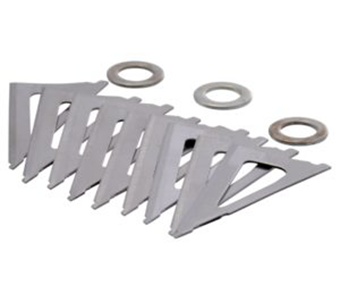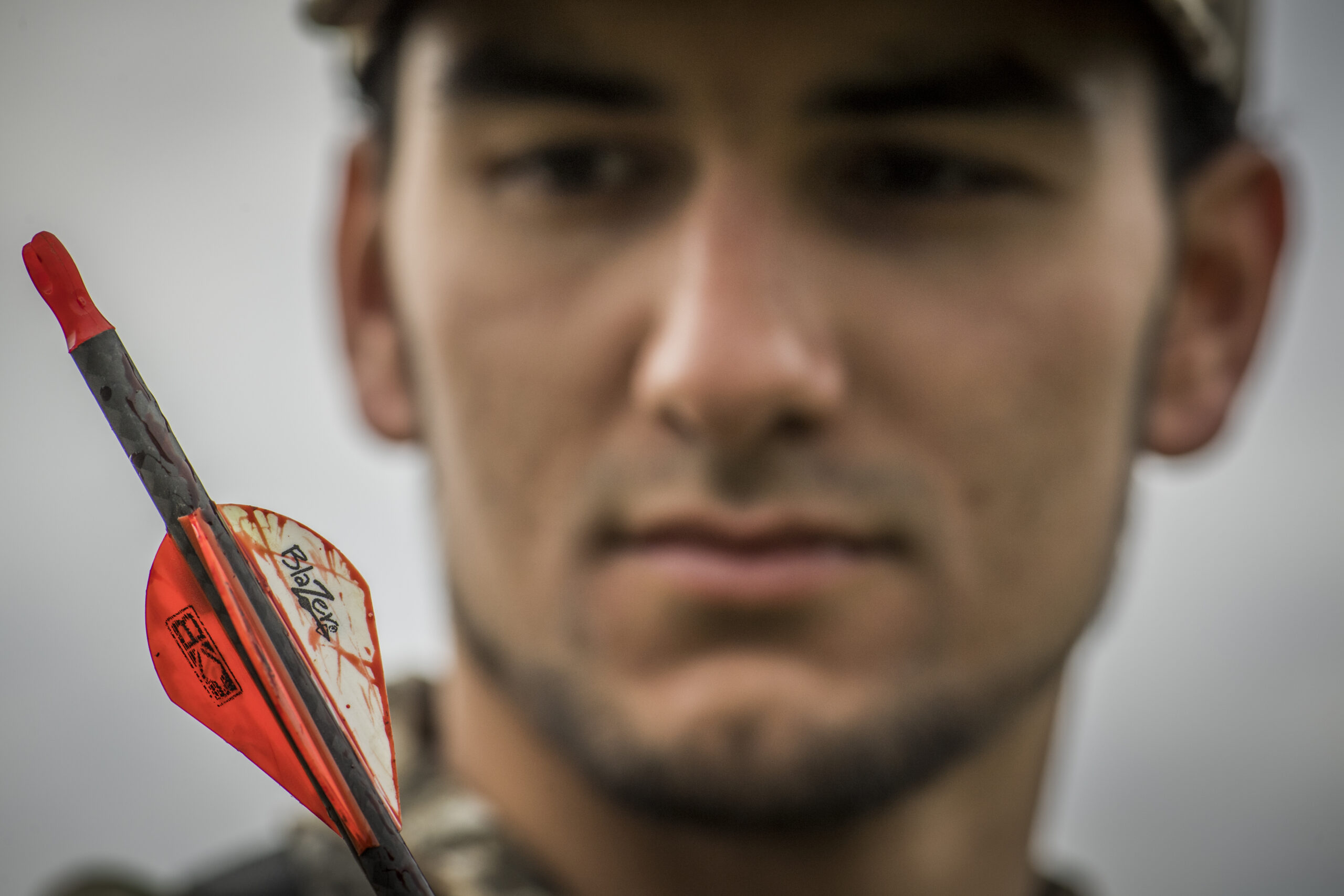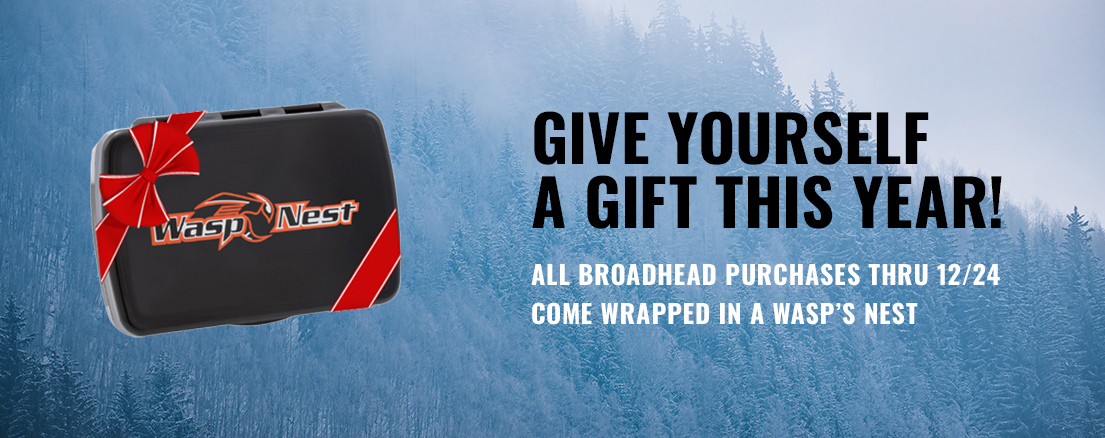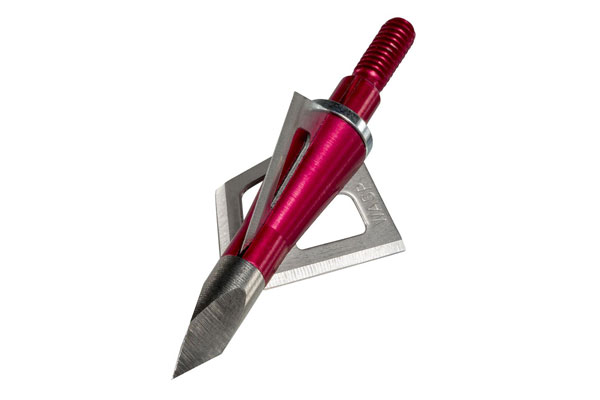Shot Clinic 101: The Liver Hit
An arrow through the liver is a lethal hit, but recovering your animal can be challenging. Here are the steps to take when you hit a deer a little too far back
Here he comes, the buck that you’ve only seen on your trail camera and have been dreaming about for weeks. As he approaches your shooting lane, you raise your bow and draw back. He steps out and pauses to browse. You aim carefully and release, but your arrow impacts visibly behind the lungs. The buck scrambles 75 yards, stops, and then walks slowly out of sight. You’ve hit that buck in the liver, and recovering him could be difficult if you don’t do everything just right.
Hunt long enough, and you’ll be faced with an episode like this. Dozens of variables can alter your arrow’s impact point. Your broadhead could clip an unseen twig in flight and veer off course. You could punch the trigger before you settle your pin exactly where it needs to be. You could flinch. A liver hit could even result from shooting at a walking deer and not leading it sufficiently.
Whatever the case, a liver hit isn’t ideal, but it is lethal. Furthermore, a deer hit in the liver is fairly easy to recover if you approach the track correctly. Following is a blueprint for identifying a liver hit and how you should go about finding the animal.
LIVER HIT ID
It isn’t always possible to track arrow flight and see exactly where it impacts. When you’re unsure about your shot placement, try to watch the animal as it runs away. In open areas where you can see, watch for a deer that stops after its initial run, and then hunches up and walks away or even beds down. That’s a telltale sign of an animal that’s been hit in the liver or stomach area. Even if the deer does walk out of sight, it usually won’t go more than 200 yards before bedding down — and it will typically stay in that bed until it expires if it’s not spooked.
If the deer runs out of view within seconds of being hit, don’t become antsy and go looking for your arrow or the blood trail. If you disrupt the area prematurely, you could complicate a poor hit even further by bumping the animal. Hold tight for a minimum of an hour when you’re unsure of your hit and can’t see the animal bedded down. Then, carefully and quietly search for your arrow (if it passed through) or the first drops of blood.
Don’t explore more than 20 yards in the direction the deer ran. If you can’t find your arrow or blood within that distance, back out for at least a few hours before you attempt to press on. By locating your arrow or the blood trail, a liver hit can typically be confirmed based on the blood color. Liver hits produce dark red blood with no bubbles. With a smaller broadhead, the blood trail might appear in small, tough-to-see droplets. A large mechanical broadhead will create more hemorrhaging, typically improving the blood trail.
LIVER HIT CONFIRMED. NOW WHAT?
Whether you see your arrow hit and know you were just behind the lungs or you confirmed it via blood on the arrow or ground, your next move is to resist the urge to follow the blood trail too quickly, and instead give the animal ample time to expire. A general rule of thumb is to wait a minimum of 4 hours after a liver or single-lung/liver hit. If the weather is cool and you’re not worried about meat spoilage, waiting 5 to 6 hours is fine. Always track the animal with your bow in case a follow-up arrow is necessary.
For instances when you see the animal run away and then bed down, stay put and watch the animal intently through your binoculars. If it stands back up and moves, watch where it goes next. On a morning hunt, wait until the animal’s head goes down and doesn’t move. On an afternoon hunt, wait until dark and then carefully and quietly leave the scene and return after allowing a sufficient amount of time.
The blood trail from a liver hit will often be moderate and easy to follow for the first 100 yards or so, but they tend to play out quickly. Don’t give up when the blood gets thin. If you’re struggling to find blood after you take up the trail, consider water sources in the direction the deer ran. Deer hit through the liver or paunch frequently head for water.
If no water is present and the animal was undisturbed after the hit, it should be dead within 200 yards of where you shot it, and you should be able to find it even without blood to follow. Reference a mapping app with a tracking feature as you grid-search the area so that you can decipher what you’ve covered and what you haven’t.
CALL A DOG
If you’re unable to locate your deer, bring in some help. If it’s legal in the state you’re hunting, attempt to connect with someone who has a blood-trailing dog. Tracking dogs can be excellent tools, and their recovery rate is high on liver-hit animals. But as with any hit, exhaust every effort to find your deer. Giving up too early or failing to call in some assistance is ultimately why many wounded deer go unrecovered. It’s your responsibility to follow up on every shot.
 SHARP BLADES MATTER
SHARP BLADES MATTER
Ideally, you make a perfect shot and it doesn’t matter if you’re using a fixed-blade or mechanical broadhead. But in the event that your shot is less-than-perfect, you want to be prepared by making sure your broadhead blades are razor sharp. Sharp blades mean better blood trails and easier recoveries.
Serious bowhunters know it’s important to practice with their broadheads, but targets will dull your blades over time. Replacement blades and components are available for many of Wasp’s most popular broadhead models, and it’s cheap insurance to keep backup blades in your archery kit. Browse through our selection of replacement blades and parts for your favorite broadheads here.
— Story by Wasp Archery staff; image by Realtree Media
View All Posts

